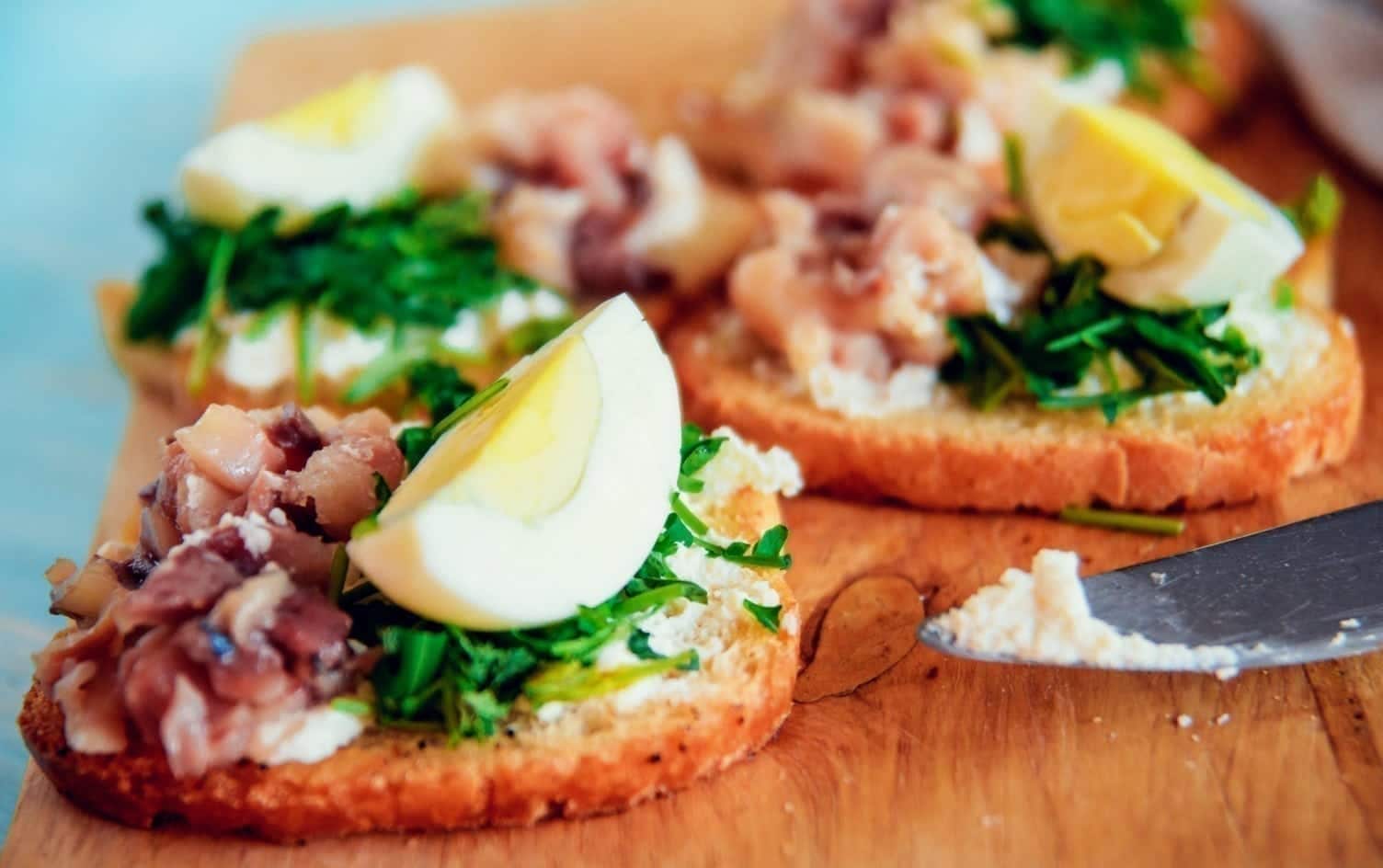You’ve probably heard of the Mediterranean diet — and for good reason. It tied with DASH for the best diet of 2018. But there’s another culturally based diet that’s gaining momentum out of Scandinavia. Here’s how the Nordic diet compares to the Mediterranean one — and the types of foods you can expect to eat for breakfast, lunch and dinner.
WHAT IS THE NORDIC DIET?
Similar to the Mediterranean diet, the Nordic diet emphasizes mostly plant-based foods like whole grains, vegetable oils, nuts, legumes and fruits and vegetables. However, since Denmark, Iceland, Norway, Sweden and Finland have different climates than the Mediterranean, some of these specific foods differ. For example, while olive oil is a staple in Mediterranean cooking, canola oil is the primary vegetable oil used in Nordic regions. While both oils contain heart-healthy unsaturated fats, canola oil also contains alpha-linolenic acid, an omega-3 fatty acid that is common in fatty fish like salmon.
In addition, the Nordic diet features local produce such as cabbage, root vegetables and berries, whole grains like Wasa crispbreads and dark sourdough bread called Rugbrød, as well as fatty fish like mackerel and herring. Berries are great a source of antioxidants like flavonoids and anthocyanins while whole grains are a rich in fiber, vitamins and minerals.
What’s more, the Nordic diet goes beyond nutrition: It also prioritizes the environment and sustainability. This eating style focuses on fresh, local and seasonal foods that are mainly plant-based, making it an environmentally-friendly plan.
A DAY OF NORDIC MEALS
For breakfast, grains such as oats and fermented dairy products like skyr and kefir are the main components. These dishes can be topped with fresh or dried berries.
Lunches are typically veggie-forward. They might include asparagus, green peas, various herbs and pickled vegetables. Rye bread, local fish like mackerel and herring and eggs round out this meal.
Dinner is similar to lunch with vegetables playing a central role. Small portions of sustainable and local meat like Swedish meatballs or bison (a surprisingly lean red meat) may also be served.
THE BOTTOM LINE
It’s important to note that both diets follow sound nutrition advice of eating plenty of fruits and veggies, limiting added sugars, focusing on whole grains, healthy unsaturated fats and lean protein. Focus on the larger picture of establishing an eating style that can be sustained for a long period of time that also fits your taste buds and wallet.




